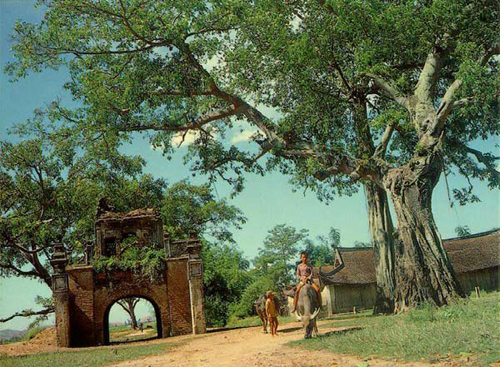Where is Hien streets or Pho Hien?
Pho Hien is 60 km from Hanoi center, once was prosperous
international river port during 17-18th century. You can reach Pho
Hien by following National Road 5, then provincial road 39A. In olden days Pho
Hien was popularly known by people saying: best known is Thang Long or today
Hanoi, then second known is Pho Hien.
Why did Pho Hien become popular?
Since 15th century Pho Hien became River
commercial port, and reach top prosperity in 17th century. Trading
boats were from China, Japan, Thailand, Malaysia, Holland, Great Britain, and
France. There were shops, markets, international trade representatives at Pho
Hien by that time.
The business of Pho Hien came down due to domestic politics
and history, international history, and the river was silt up so that in the
late 19th century the international trade port was built in Hai
Phong city.
What were popular for tourism at
Hien Streets?
The ancient architecture at Pho Hien is harmony of Vietnam,
China, and Europe in blend. There are about hundred vestiges and historical
building preserved at Pho Hien including Xich Dang Temple of literature, Pho
Hien Pagoga, Chuong Pagoda, Pho Hien Church, Chinese Temples, May Temple,
General Tran Hung Dao Temple, and ancient houses.
Pho Hien is also very popular for a kind of delicious longan
fruit so that the farmers have to protect their fruit on the trees by bamboo
basket from birds.
You can visit Pho Hien by one day
trip, tour from Hanoi by bus, or by cruise along the Red River.






































































